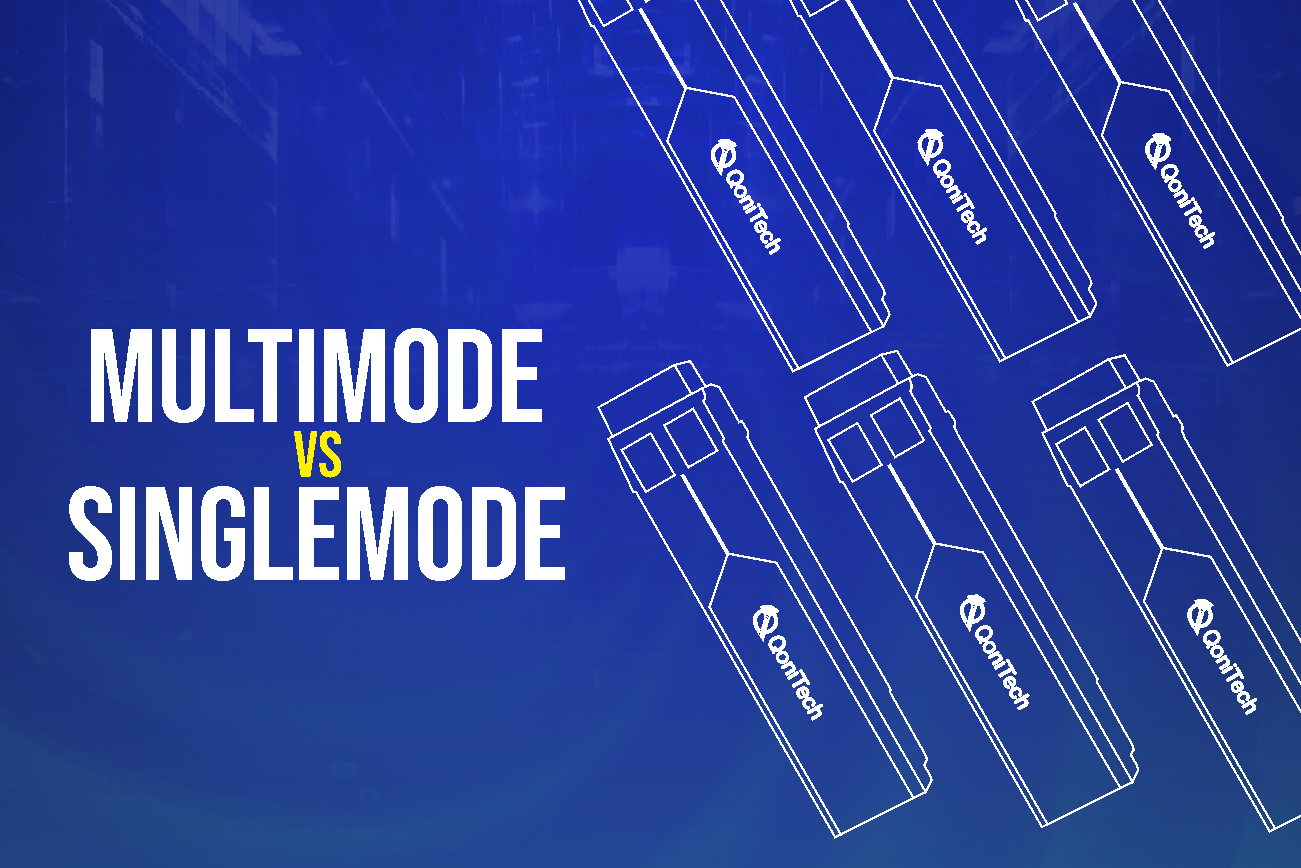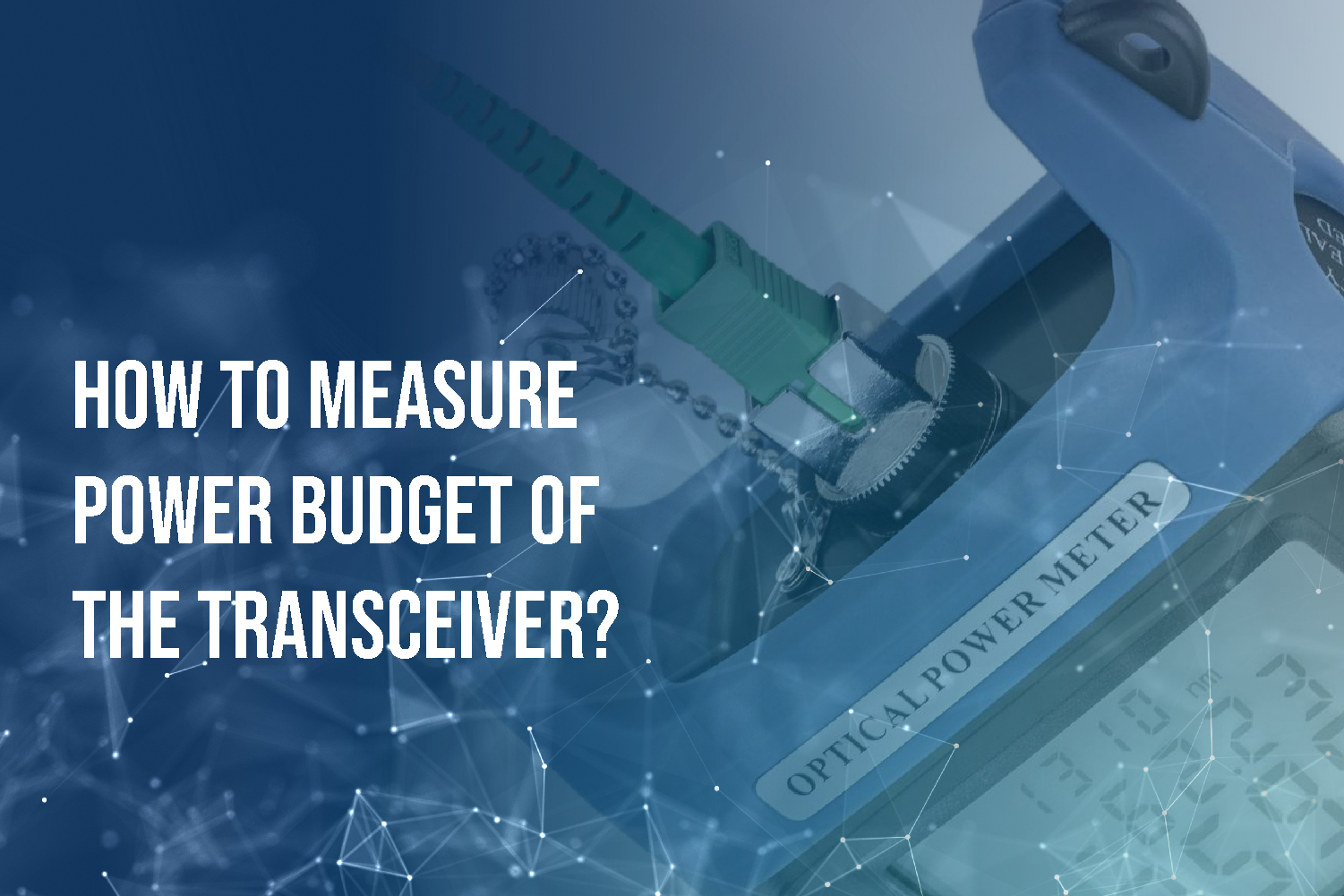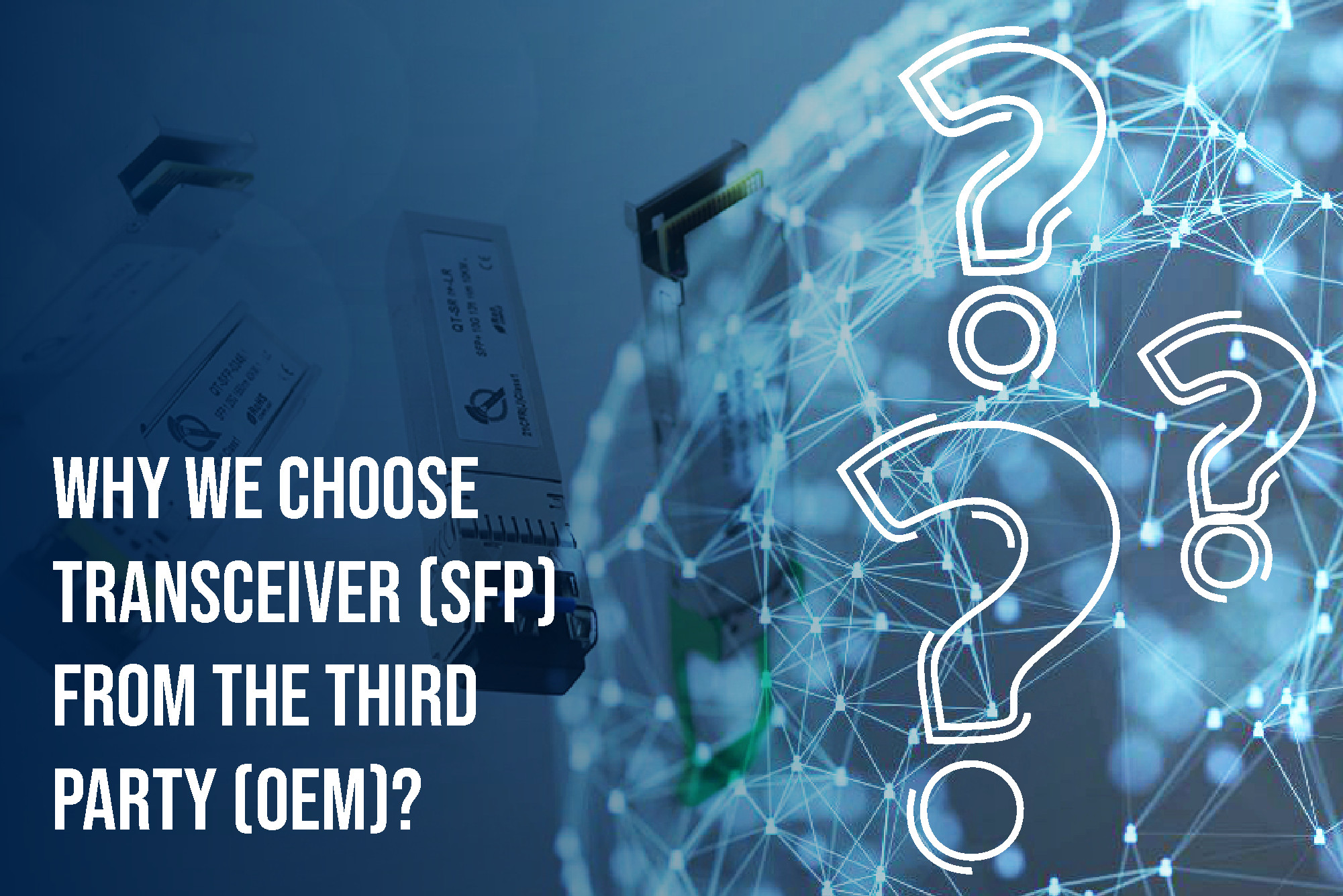The most basic distinction in Fiber is Multimode vs Singlemode, Below the list:
Normally end to end connection have the same bandwidth, let's say 1G link connect to 1G link, 10G link connect to 10G link and so on. When Core or Distribution Layer capacity upgraded to 40G or 100G port, it will change planning capacity in the Access Layer, maybe some POP can follow to upgrade
Read MoreAs we know that a lot of transceiver type and distance support, each transceiver have own Power Budget. Power Budget is mean the capability of the transceiver to handle optical loss. Power Budget formula is same with Optical Loss Formula: Power Budget = Transmit Power (dBm) - Receive (dBm) Read More
Multirate transceiver in this case means the transceiver can support some bandwidth not only one bandwith. For easy to remember the keyword of multirate transceiver is the transceiver support from their bandwidth itself and below. Lets see the example : SFP 1.
Read More There are 4 main reason why we choose transceiver (SFP) from the third Party (OEM) :
1. Cost Effective
If we compare third party transceiver with main vendor transceiver (such as Cisco, Juniper, Huawei, etc), third party transceiver price can reduce the cos
Transceiver has a lot of distance variation start from 100 Meters, 10KM, 40KM up to 160KM. This distance variation means each transceiver has ability to handle the optical cable loss. Normally longer optical cable make a higher loss. In same case 10KM optical cable have
Read More






